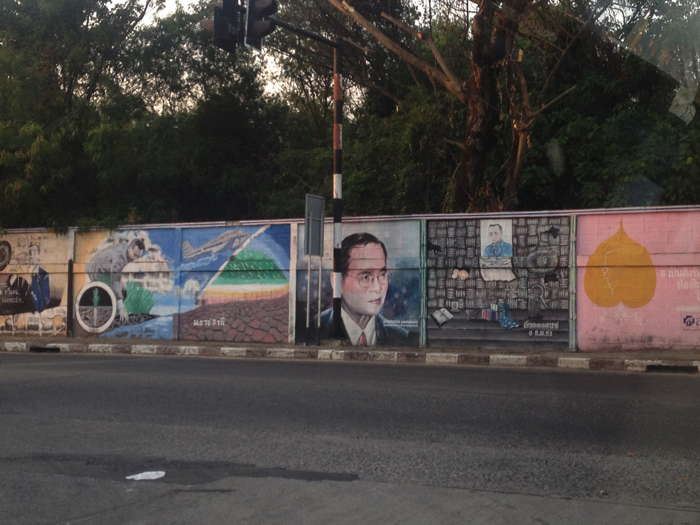- Project Leader : Sakurada Chie (Kyoto University, Graduate School of Asian and African Area Studies)
- Collaborators : Hinata Shinsuke (Osaka University, Graduate school of Language and Culture)
- : Tamada Yoshifumi (Kyoto University, Graduate School of Asian and African Area Studies)
- : Kobayashi Satoru (Kyoto University, Center for Southeast Asian Studies)
- : Fujikura Tatsurou (Kyoto University, Graduate
School of Asian and African Area Studies) - : Sakagawa Naoya (Freelance Researcher)
Outline of Research
This study compares the monarchies in Thailand, Cambodia, and Nepal. While the monarchy was abolished in Nepal, one still exists with some authority in Cambodia. In Thailand, the system has had a great authority; however, its future is attracting global interest after the death of the former king in 2016. Comparison and analysis of each of these countries will help elucidate what factors lead to the abolishment or maintenance of monarchies in Asia.
In the second year, we will focus on comparing the royal families in Thailand, Cambodia, and Nepal with those in Japan and Europe. This aims to clarify the contemporary meaning of the monarchy’s existence by analyzing not only internal affairs, but also changing international influence under globalization.
Description
This study focuses on monarchies in Asia and tries to clarify the factors that contribute to their persistence. More specifically, it compares Nepal, where the monarchy has been abolished, and Thailand and Cambodia, where monarchies continue to exert authority. There are only a few monarchies left in Asia today. While the monarchies that survived the colonial period seem to remain secure, new changes, such as the development of democracy, could diminish the significance of traditional monarchies in those countries. The countries at the focus of this study—Thailand, Cambodia, and Nepal—are partly democratized monarchies that hold national elections. Although they share this commonality, however, the political roles and importance of the monarchy differ in each country. This is because each country developed its own monarchy and its own original parliamentary democracy. The comparative study of three countries can therefore deepen our understanding of why some monarchies are able to survive and others cannot, as well as what factors contribute to their survival or demise. This study will not only contribute to a deepening understanding of each country, it will also help illuminate the relationship between democracy and monarchy, something that is increasingly attracting attention from those studying European monarchies.
In the second year, we will expand discussions to other regions, drawing comparisons with monarchies in Japan and European countries. The roles that media play in the continuation of monarchies will be a key issue in this comparative examination of regional variations among monarchies.
 Portrait of the former king of Thailand on a wall of elementarty school |
 Special site for crematory ceremony of the former King of Thailand in 2017 |
